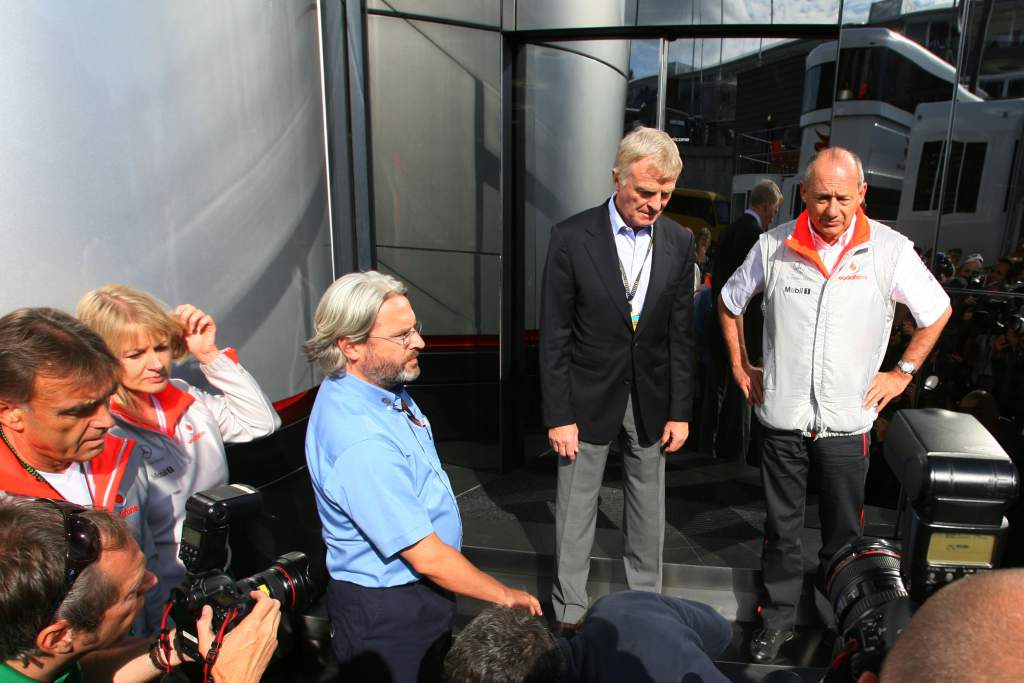Up Next

Remarkable lives are common in motorsport but the sheer breadth and continuously controversial dynamic of Max Rufus Mosley’s 81 years on this earth were more incredible than most.
His mother was Diana Mosley, part of the legendary Mitford sisters sextet, which so beguiled between-the-wars society to the point of early celebrity fixation.
She wholeheartedly promoted this so it rose to fever pitch in 1935 when her sister, Unity, introduced her to leader of the Third Reich, Adolf Hitler. The trio met often, with Diana becoming a committed fascist.
And his father Oswald Mosley became one of the UK’s most notorious fascist leaders, founding and leading the British Union of Fascists (BUF) in 1932.
Young Mosley’s first memories of his family were visiting them at Holloway prison, where they had been sentenced without trial for the duration of the war, largely at the behest of MI5.
When the war ended, their son Max was a toddler and largely brought up by his nannies. He grew up near Dublin in Ireland and his first passion was horses, which is where he believed a love of speed and balance developed before he discovered a different kind of horsepower in his late teenage years.
Spells living with his exiled parents in France and then at a German boarding school followed in the early 1950s before he went to the Millfield School in Somerset, which was later also the alma matter of both Lando Norris and Sam Bird.
Mosley found himself on a grid at Crystal Palace alongside Bruce McLaren, Jacky Ickx, John Surtees and Jean-Pierre Beltoise
Mosley arrived at Oxford in 1958 just a few months before his father decided to renew his quest to spread his controversial politics into British society by standing for the North Kensington seat at the 1959 general election.
In his autobiography printed in 2015 entitled ‘Formula One and Beyond’ Mosley wrote that his father’s politics had been “largely peripheral to my life” and that his political affiliation in his early life was “liberal and slightly left”.
Nevertheless a young Mosley assisted his father’s campaign along with his brother Alexander. The results were disastrous as Mosley’s campaign was routed at the ballot box but his son defended his actions, saying it was “a pity in a way because he would have livened up the House of Commons”.
Mosley studied at Oxford and graduated in 1961 but was not called to the bar until 1964. In between those dates a life changing event occurred but it wasn’t in halls of Gray’s Inn or on the streets canvassing for political gain. It came at the 1961 International Trophy where Mosley watched hypnotised as Stirling Moss triumphed in his Rob Walker entered Cooper T53-Climax.
Instantly in love with the whiff of high-speed competition the newly-wed (to Jean Taylor) Mosley also spectated at the French Grand Prix shortly after finishing his finals at Oxford. The couple did it purely as fans, sleeping in their car alongside the flat-out straights of Reims.
A further post-graduation treat to himself was a sample of Formula Junior power later that summer before he returned briefly to politics as a communications officer for former policeman Walter Hesketh in Moss Side, Manchester.
Again, this flirtation with politics fizzled out and while he sat his bar exams Mosley developed another passion when he joined the Territorial Army Parachute Regiment.
After enduring brutal training exercises in the UK and Cyprus, Mosley eventually settled at Lord Hailsham’s legal chambers in London and fostered an interest in defending motorists on behalf of the RAC. This, combined for that initial thirst for speed himself, developed into a career after he raised money teaching law in the evenings to buy a U2 Clubmans Sportscar in 1966.
It was another disaster for Mosley to digest quickly as he proved to be slow and less than frugal on his minuscule budget. But within a year he had regrouped and started to win races.
Astonishingly, Mosley’s hardy U2 was eligible for the then rather flexible International F2 rulebook and he found himself on a grid at Crystal Palace alongside Bruce McLaren, Jacky Ickx, John Surtees and Jean-Pierre Beltoise!
A little over a year into his racing life, Mosley was earning enough money as a barrister to be able to buy a brand new Brabham BT23C from an equally ambitious young charger called Frank Williams. Backing came from his cousin Henrietta Guinness as Mosley targeted a full F2 campaign in 1968.
The first race that season was at the Hockenheim-Ring and Mosley confessed to feeling “well out of my depth” in his autobiography.
Blinded by the spray Mosley was in a midfield group and eventually finished a creditable 11th ahead of Graham Hill!
But the race featured stark tragedy as double world champion Jim Clark had speared off the road into trees and had been killed instantly.
Mosley had suggested to officials on the day that the conditions were unnecessarily dangerous but was met with short shrift and an ‘it’s entirely voluntary’ response. It had a profound effect on him.
“I resolved,” he wrote in his 2016 memoirs, “that should I one day be in a position to do something about the entirely unnecessary risks, I would.”
For Mosley this incident pivoted his life and although he raced on into 1969 his legal work and the formation of what became the March constructor took over his life as the 1970s dawned.
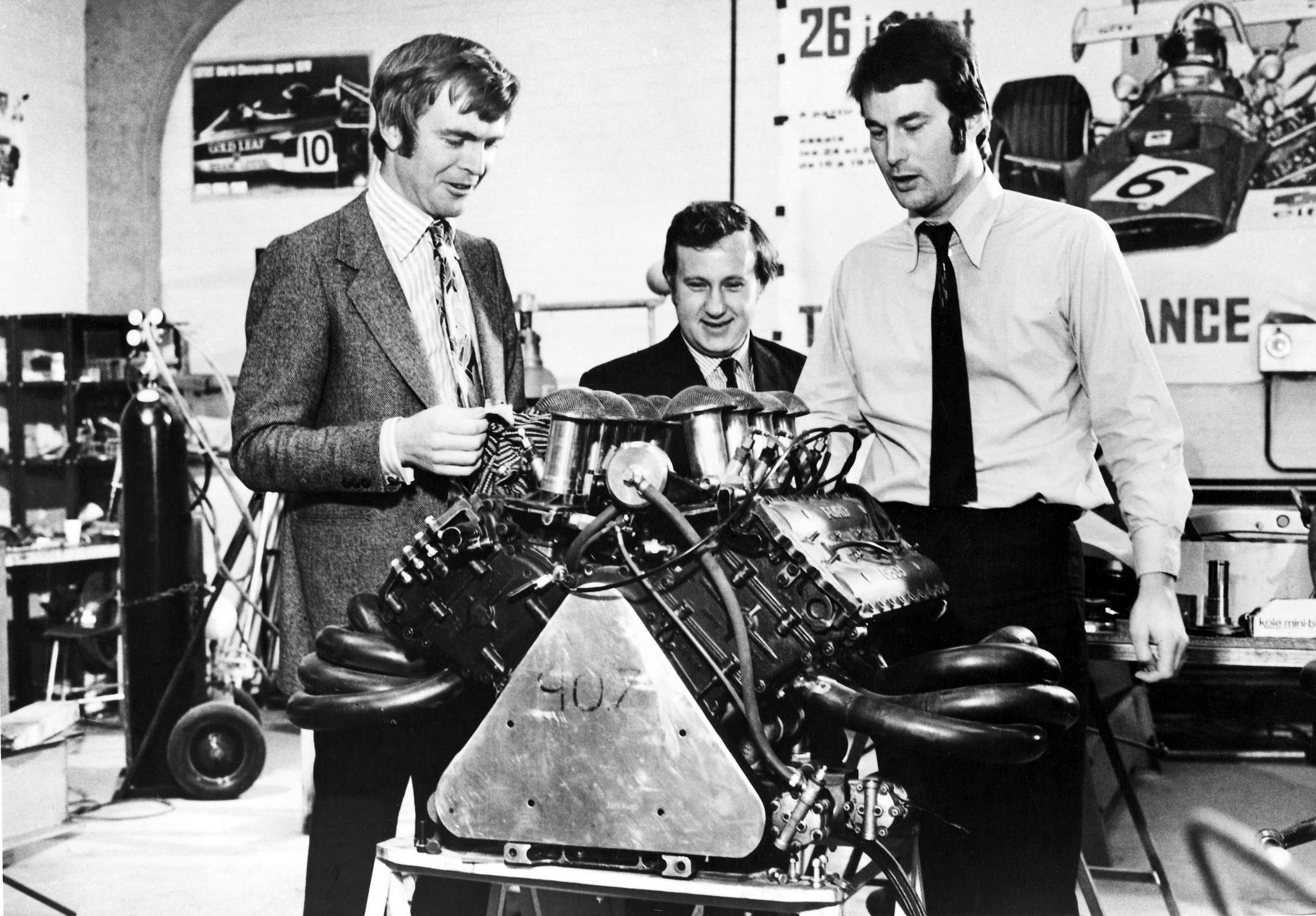
Two decades later after March had tasted underdog success in Formula 1 and Mosley had been a general in the FISA/FOCA war that shaped modern day grand prix racing, he sat in the Place de la Concorde in Paris as the boss of world motorsport.
He challenged and beat a power-bloated, arrogant and typically bellicose Jean-Marie Balestre and would lead, unopposed, the FIA for 16 tumultuous years.
He was never tested more than in May 1994 when he was forced to react to global condemnation of F1 following the hellish Imola weekend which took the lives of Roland Ratzenberger and Ayrton Senna.
When Formula 1 needed leadership amid the hysteria, Mosley stepped up to the plate making sweeping technical and sporting changes which in turn had knock-on effects for decades to come.
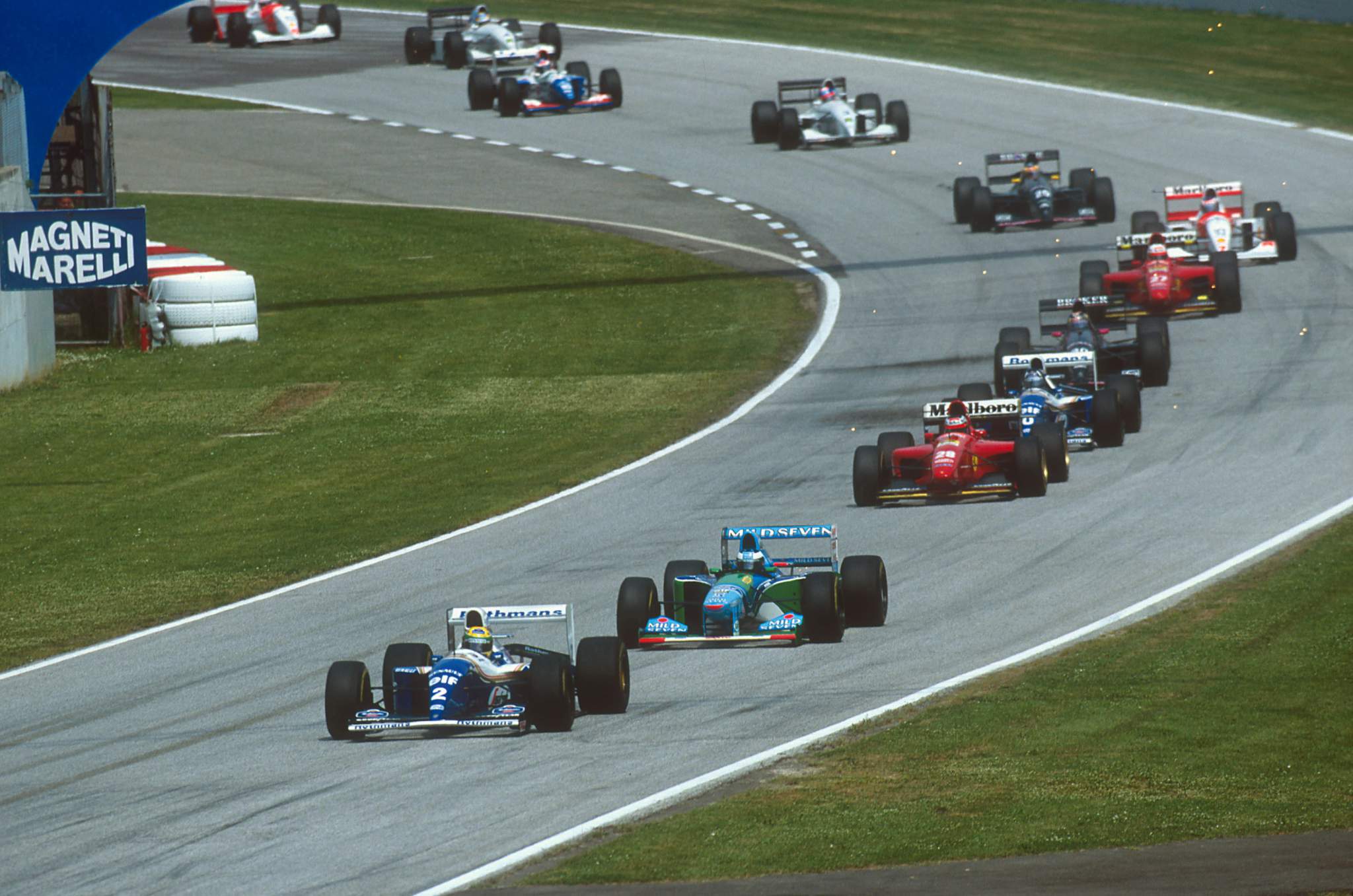
Mosley acted swiftly and immediately – shortening rear diffusers, raising front wings, increasing lateral cockpit protection and cutting apertures in the airboxes to cut the ram effect.
It began a series of measures that had far-reaching and vital relevance for the high-end safety work done in the last two decades at most levels of the sport.
The transference of some of these safety studies and their application to the automotive industry undoubtedly saved lives, many more than they did on the racetrack. Today’s drivers at least owe Mosley a debt of thanks for this.
All those immediate changes in 1994 and the attention brought by the Imola accidents masked a more benign technical topic that is still disputed to this day. Was Benetton using an illegal electronic system to bypass the new for ‘94 ban on driver aids so it could have a launch system to gain an advantage off the grid?
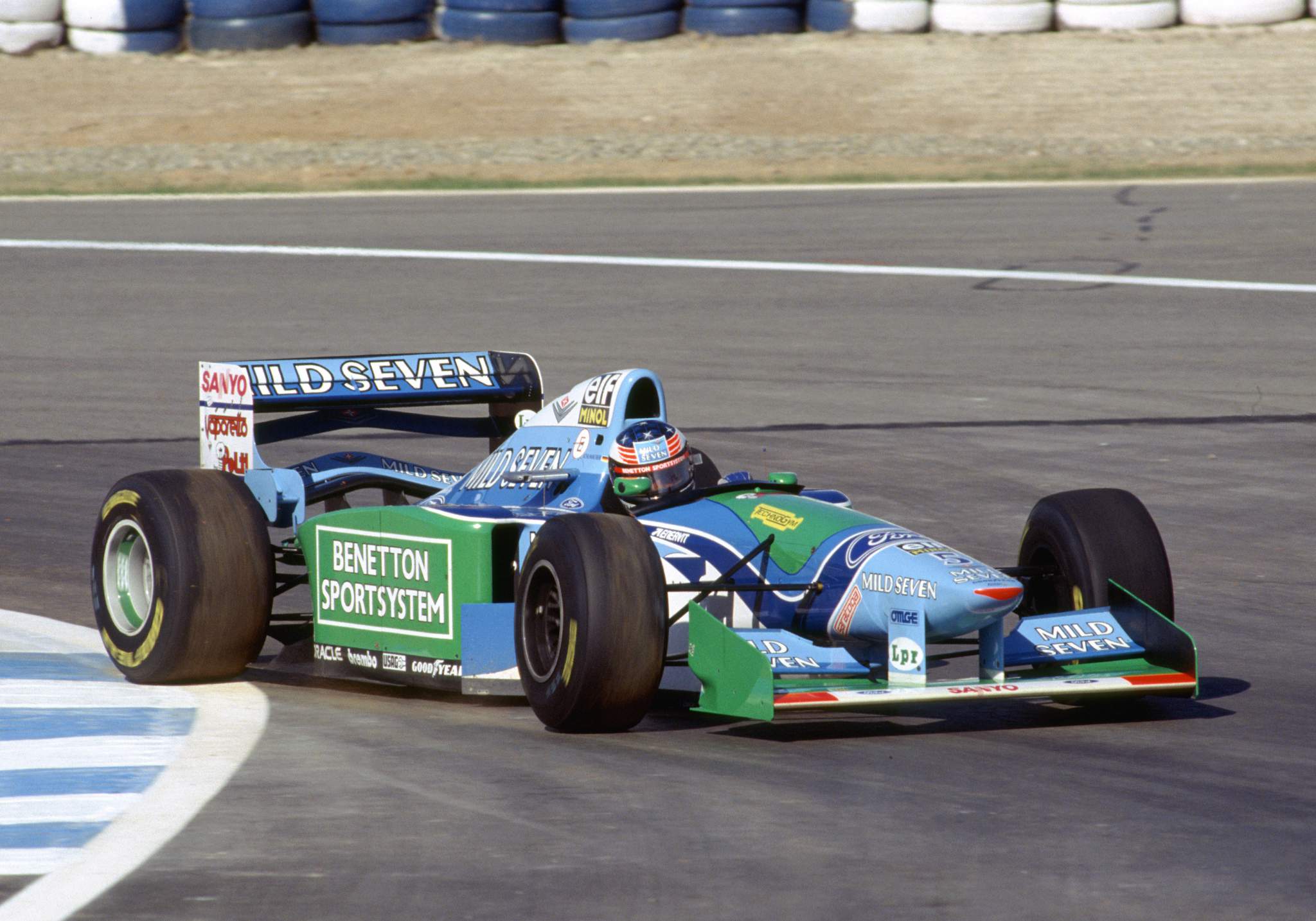
Benetton and also McLaren were fined $100,000 dollars at that July’s World Motor Sport Council for failing to make their computer ‘source codes’ available after the San Marino Grand Prix. This came after then FIA technical director Charlie Whiting stated that Benetton had equipped Michael Schumacher’s car with an illegal launch control facility at Imola.
Benetton insisted such aids were only used in testing and was not sanctioned beyond the ‘prevaricating’ fine. This came in addition to punishments for the infamous refuelling fire at Hockenheim, Schumacher’s ignoring of the black flag at Silverstone and the Spa skidblock caper.
Mosley pursued the ‘spygate’ episode with both legal aplomb and frenzied revenge
This though was small fry compared to 2007 and the chain of treachery that went from Fernando Alonso to manager Flavio Briatore to Bernie Ecclestone and then to Mosley about Ferrari intellectual property residing in the hands of McLaren engineers via documentation handed from Ferrari team manger Nigel Stepney to McLaren designer Mike Coughlan.
Mosley pursued this episode with both legal aplomb and frenzied revenge. He served up the former before smashing down the latter upon Ron Dennis, with whom he was already the veteran of several character clashes.
Mosley claimed not to have had a vendetta against Dennis and said of the McLaren boss in his book that “he could be annoying in meetings but only because he was defending what he saw as his company’s interests”.
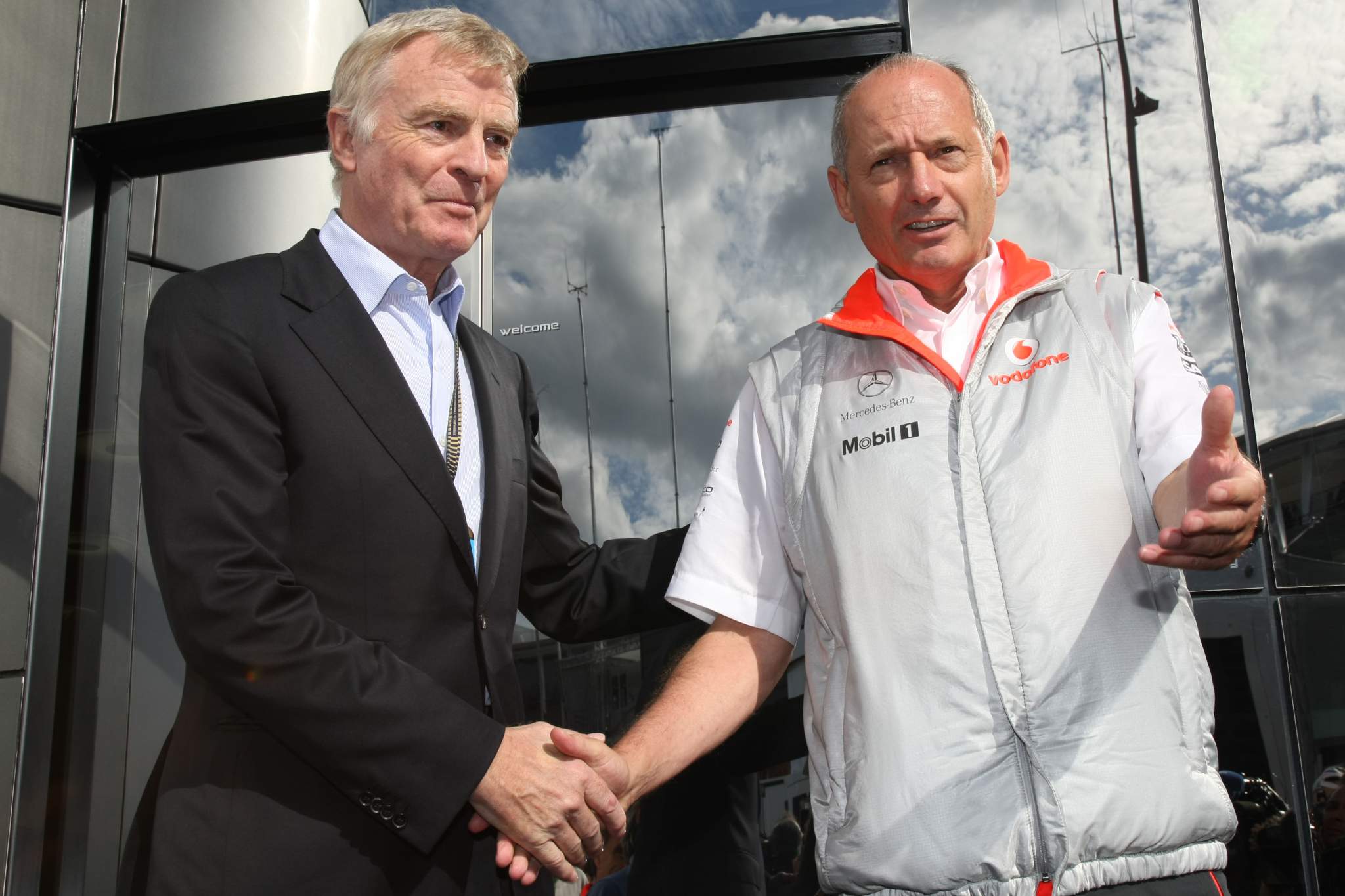
Urban paddock legend has it that Mosley slighted Dennis verbally while standing for a photo of ‘reconciliation’ in the Spa paddock that summer of 2007. But in reality it was Ecclestone, Mosley claims, that said: “Ron was fined $5m for the offence and $95m for being a ****.”
Battles came and went for Mosley, including many more notably in F1 and with the European Commission.
However, with the conflict also came resolution and progression in abundance.
This was particularly noticeable in his work with the European New Car Assessment Programme (NCAP) the crash-test collective organisation. Mosley remained chairman of Euro NCAP from 1996 until 2004.
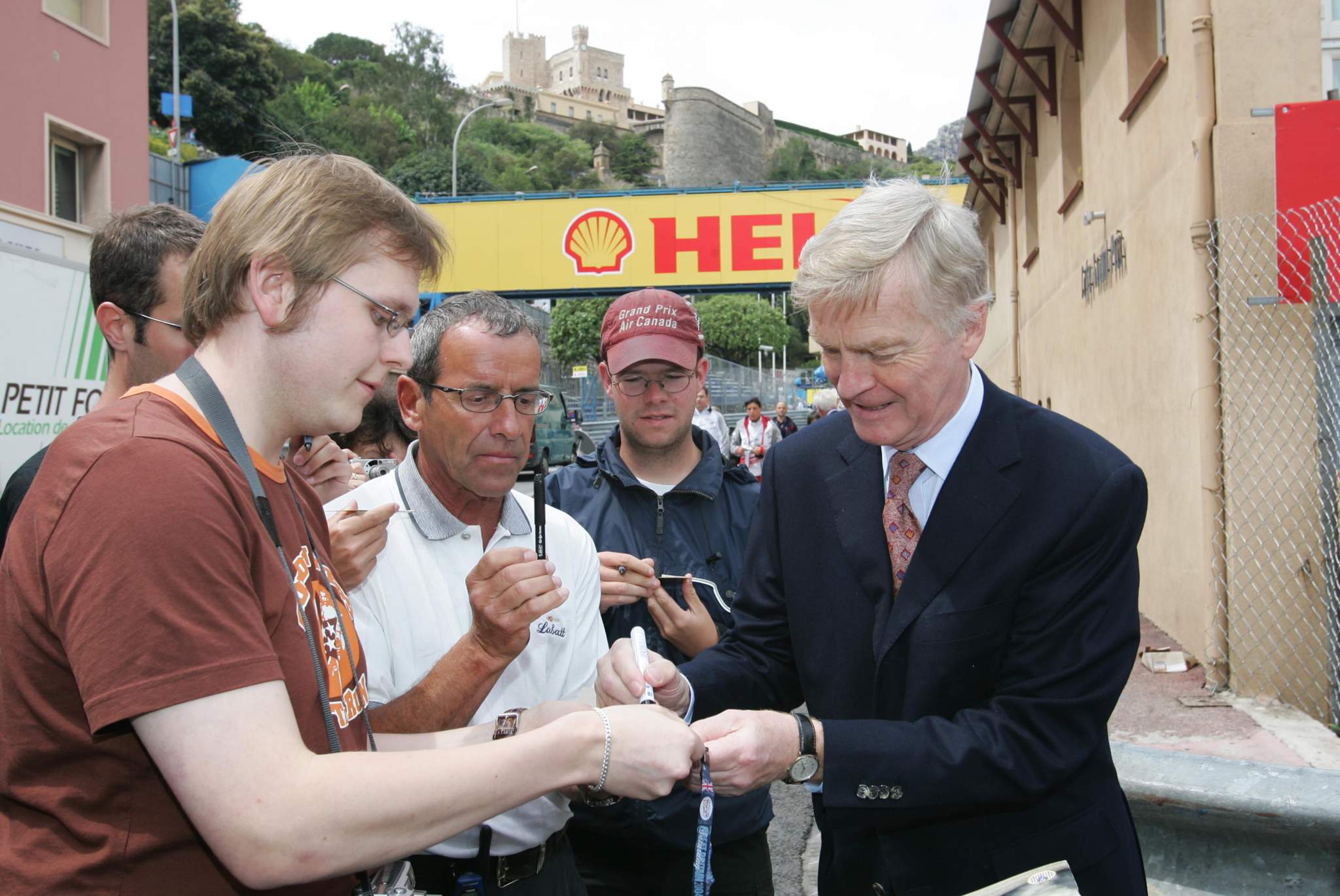
He was also prolific in the FIA Foundation, which he founded in 2001. He raised millions of pounds to advance support for sustainable mobility, road safety and sustainable transport programmes.
In the final decade of his life Mosley fought tirelessly for a free and accountable press after becoming an unwitting victim of a News of the World sting regarding his private life in 2008.
He fought against UK privacy laws and successful won a case against the Rupert Murdoch owned newspaper, which led to the formation of the ‘Hacked Off’ strand of the Media Standards Trust which he supported personally and financially.
This gained the support of high profile victims of intrusive media scrutiny including actors Hugh Grant and Steve Coogan, as well as politicians Tom Watson and John Prescott.
“Max’s mission was to ensure that others would not suffer the same mistreatment as himself and his family, and that mechanisms would exist to provide access to justice which was otherwise reserved for the wealthy,” read a tribute statement from Hacked Off today.
“Although this made him a target of intense press and political attacks, his commitment to reform on behalf of others remained undimmed.
“It is thanks to his courage and generosity that the movement for a more ethical press remains so effective today.”
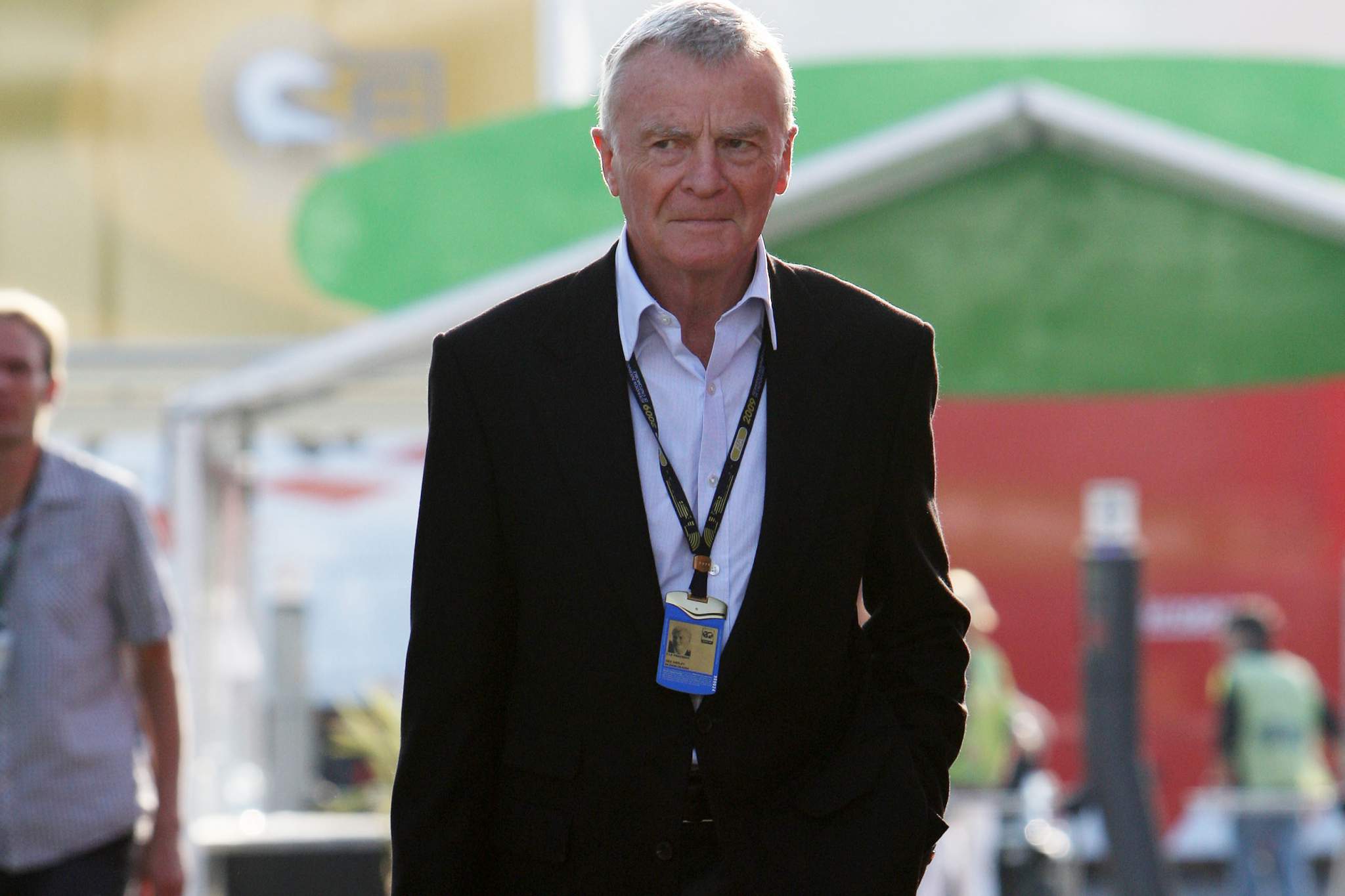
To the end Max Mosley was fighting. Last December he saw a legal action against the publisher of the Daily Mail newspaper over a suggestion that he had lied under oath to prosecutors in 2008 rejected.
Perhaps it was inevitable given his early decades that Mosley should live out a life packed so full of flashpoints and fervency.
That it all came to an urbane, impeccably mannered and hyper-intelligent man makes his legacy – that spans years as a fan, a driver, an entrant and its global leader – an utterly compelling and completely unique chronicle in the history of motorsport.


